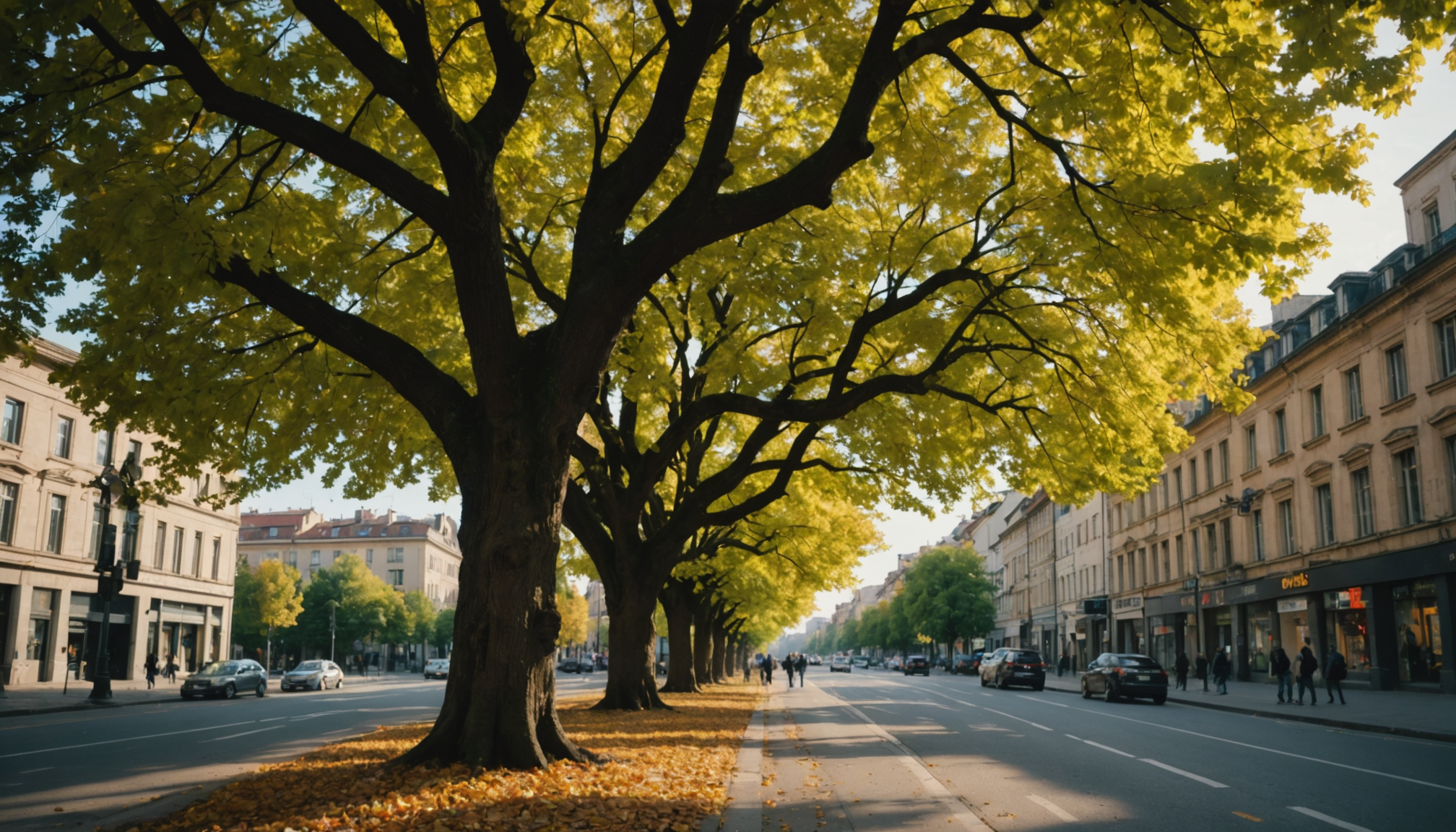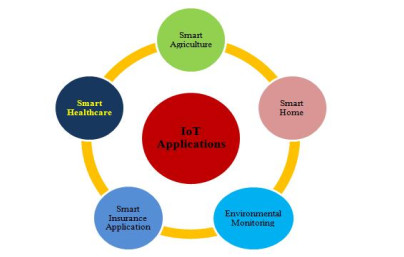
Report on Shifts in Perceptions of Urban Trees Post-COVID-19 Lockdowns: Implications for Sustainable Development Goals
Abstract
This report examines how perceptions of urban trees, a critical nature-based solution for climate change adaptation in cities, have shifted before and after the COVID-19 pandemic lockdowns. Using Melbourne, Australia as a case study, online panel surveys conducted in summer 2020 (pre-lockdowns) and summer 2023 (post-lockdowns) assessed changes in values and beliefs about urban trees. The findings reveal a 2% decrease in the perceived importance of urban trees for nature and a 4.3% increase in negative beliefs about trees in 2023 compared to 2020, with the greatest shifts observed in outer urban areas. These changes were consistent across most socio-demographic groups. The study highlights the dynamic nature of community perceptions, which can influence support and engagement in urban forest management, directly impacting Sustainable Development Goals (SDGs) related to sustainable cities, climate action, and biodiversity.
Introduction
Urban trees provide essential ecosystem services that enhance climate resilience, liveability, and sustainability in cities, including urban cooling, stormwater retention, and biodiversity habitat. Many cities have adopted urban tree planting targets to support climate resilience and sustainability, aligning with SDG 11 (Sustainable Cities and Communities), SDG 13 (Climate Action), and SDG 15 (Life on Land).
Community support is vital for the success of urban forest initiatives. Understanding how people perceive urban trees, and how these perceptions shift over time, especially in response to disruptive events like the COVID-19 pandemic, is crucial for effective urban forest management and achieving SDGs.
Key Concepts
- Values: What people consider important about urban trees.
- Beliefs: Accepted truths about the positive and negative consequences of urban trees.
- Attitudes and Preferences: Judgments and dispositions towards urban trees.
Research Gap
While previous research has focused on perceptions of urban green spaces, there is limited knowledge on how perceptions specifically about urban trees change over time and in different urban contexts, which is essential for supporting SDG 11 and SDG 15.
Methods
Study Area
The Greater Melbourne Area (GMA), Australia, with a population of 5.2 million and diverse cultural demographics, was selected due to its stringent COVID-19 lockdowns. The study covered ten Local Government Areas (LGAs) representing inner, middle, and outer urban zones.
Survey Design
- Two online panel surveys conducted in early 2020 (pre-COVID-19) and early 2023 (post-COVID-19).
- Surveys measured values, beliefs, and knowledge about urban trees using validated psychometric scales.
- Socio-demographic data collected included housing status, education, cultural diversity, age, gender, and urban context.
- Sampling ensured geographic and demographic representativeness aligned with SDG 10 (Reduced Inequalities).
Data Analysis
- Factor analyses identified thematic constructs of values and beliefs.
- Mann–Whitney U-tests assessed significant differences between 2020 and 2023 data.
- Analyses were stratified by urban context and socio-demographic groups.
Results
Sample Demographics
Responses totaled 1693 in 2020 and 1646 in 2023, with demographic profiles broadly representative of the GMA population but with higher proportions of Australian-born, university-educated, and female participants.
General Findings
- High importance was assigned to social and natural values of urban trees in both years.
- Positive beliefs about urban trees were more prevalent than negative beliefs.
- Self-reported knowledge of trees was low in both surveys.
Perception Changes by Urban Context
- A significant 2% decrease in the importance of natural values of urban trees was observed across the GMA, driven mainly by outer urban areas.
- Negative beliefs about urban trees increased significantly by 4.4% in middle and 5% in outer LGAs.
- Knowledge about trees decreased significantly in inner and outer LGAs.
Perception Changes within Socio-Demographic Groups
- Renters, individuals under 40, those without university education, and females showed significant decreases in natural value ratings.
- Most socio-demographic groups exhibited increased negative beliefs, except homeowners, those over 40, and males.
- University-educated respondents maintained higher valuation of urban trees in 2023.
Discussion
Implications for Sustainable Development Goals
The observed shifts in perceptions of urban trees have important implications for multiple SDGs:
- SDG 11 (Sustainable Cities and Communities): Changes in community perceptions can affect support for urban forestry initiatives, impacting urban sustainability and resilience.
- SDG 13 (Climate Action): Urban trees contribute to climate adaptation; decreased support may hinder climate resilience efforts.
- SDG 15 (Life on Land): Urban trees support biodiversity; negative perceptions may reduce conservation efforts.
- SDG 10 (Reduced Inequalities): Socio-demographic differences in perception shifts highlight the need for inclusive community engagement.
Potential Causes of Perception Shifts
- Post-pandemic lifestyle changes and increased financial stress due to the cost-of-living crisis may reduce the perceived importance of nature.
- Residents in outer suburbs, often with lower socio-economic status and decreased tree knowledge, may view urban trees as liabilities.
- Temporary positive perceptions during lockdowns may have reverted to more negative views post-lockdown.
Recommendations for Urban Forest Management
- Integrate adaptive management and continuous community consultation to respond to shifting perceptions.
- Tailor outreach programs to emphasize urban tree benefits, especially in outer urban areas and among vulnerable socio-demographic groups.
- Enhance education to improve tree knowledge and foster positive perceptions.
- Engage diverse communities to ensure equitable support for urban forestry, supporting SDG 10.
Conclusion
This study demonstrates that perceptions of urban trees are dynamic and influenced by socio-economic and urban contexts, with significant implications for the success of nature-based solutions in cities. Monitoring and addressing these perception shifts is essential to advance Sustainable Development Goals related to urban sustainability, climate action, biodiversity conservation, and social equity.
References
References supporting this report include studies on urban forestry benefits, socio-demographic influences on perceptions, impacts of COVID-19 on urban nature engagement, and validated psychometric tools for measuring environmental values and beliefs.
1. Sustainable Development Goals (SDGs) Addressed or Connected to the Issues Highlighted in the Article
- SDG 11: Sustainable Cities and Communities
- The article discusses urban trees as nature-based solutions that improve climate resilience, liveability, and sustainability of cities.
- Focus on urban forest management and community engagement aligns with making cities inclusive, safe, resilient, and sustainable.
- SDG 13: Climate Action
- Urban trees contribute to climate change adaptation by providing ecosystem services such as urban cooling and stormwater retention.
- The article emphasizes the role of urban trees in climate resilience.
- SDG 15: Life on Land
- Urban trees provide habitat for biodiversity and contribute to ecosystem health.
- The article highlights the ecological and environmental values of urban trees.
- SDG 3: Good Health and Well-being
- Urban trees and green spaces contribute to mental health and well-being, especially noted during COVID-19 lockdowns.
- The article references stress relief and psychological benefits from urban nature.
- SDG 10: Reduced Inequalities
- The article discusses socio-demographic differences in perceptions of urban trees, highlighting inequalities in access and valuation.
- It addresses the need for targeted community engagement to ensure inclusivity.
2. Specific Targets Under Those SDGs Identified Based on the Article’s Content
- SDG 11: Sustainable Cities and Communities
- Target 11.7: Provide universal access to safe, inclusive and accessible, green and public spaces, particularly for women, children, older persons and persons with disabilities.
- Target 11.b: Increase the number of cities and human settlements adopting and implementing integrated policies and plans towards inclusion, resource efficiency, mitigation and adaptation to climate change.
- SDG 13: Climate Action
- Target 13.1: Strengthen resilience and adaptive capacity to climate-related hazards and natural disasters in all countries.
- SDG 15: Life on Land
- Target 15.1: Ensure the conservation, restoration and sustainable use of terrestrial and inland freshwater ecosystems and their services.
- Target 15.9: Integrate ecosystem and biodiversity values into national and local planning, development processes, poverty reduction strategies and accounts.
- SDG 3: Good Health and Well-being
- Target 3.4: Promote mental health and well-being.
- SDG 10: Reduced Inequalities
- Target 10.2: Empower and promote the social, economic and political inclusion of all, irrespective of age, sex, disability, race, ethnicity, origin, religion or economic or other status.
3. Indicators Mentioned or Implied in the Article to Measure Progress Towards the Identified Targets
- Perception and Engagement Indicators
- Survey measures of community perceptions, values, and beliefs about urban trees (e.g., importance assigned to natural, social, cultural values).
- Changes in positive and negative beliefs about urban trees over time.
- Levels of personal knowledge about urban trees.
- Socio-demographic breakdowns of perceptions to assess inclusivity and equity.
- Urban Tree Coverage and Management Indicators
- Urban tree planting targets and actual tree canopy cover in different urban zones (inner, middle, outer LGAs).
- Community support and engagement levels for urban forest management programs.
- Incidence of conflicts or opposition to tree planting and management.
- Health and Well-being Indicators
- Use of urban green spaces for exercise, socialization, and stress relief during and after disruptive events (e.g., COVID-19 lockdowns).
- Mental health and psychological well-being measures related to exposure to urban nature.
- Socio-economic Indicators
- Demographic data such as age, gender, education level, home ownership, language spoken, and cultural background to monitor equity in access and perceptions.
- Economic stress indicators (e.g., cost-of-living crisis impact) as factors influencing perceptions.
4. Table: SDGs, Targets and Indicators
| SDGs | Targets | Indicators |
|---|---|---|
| SDG 11: Sustainable Cities and Communities |
|
|
| SDG 13: Climate Action |
|
|
| SDG 15: Life on Land |
|
|
| SDG 3: Good Health and Well-being |
|
|
| SDG 10: Reduced Inequalities |
|
|
Source: nature.com







